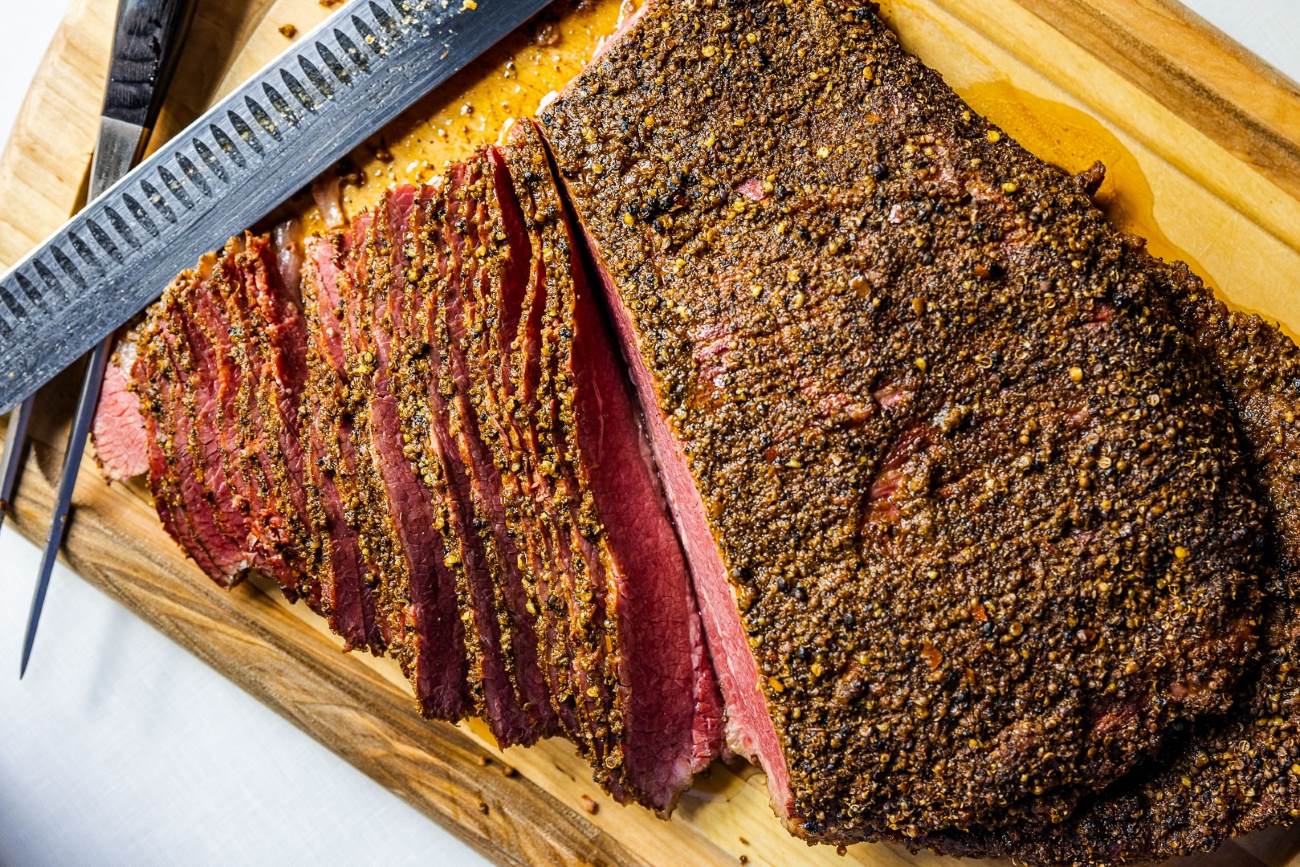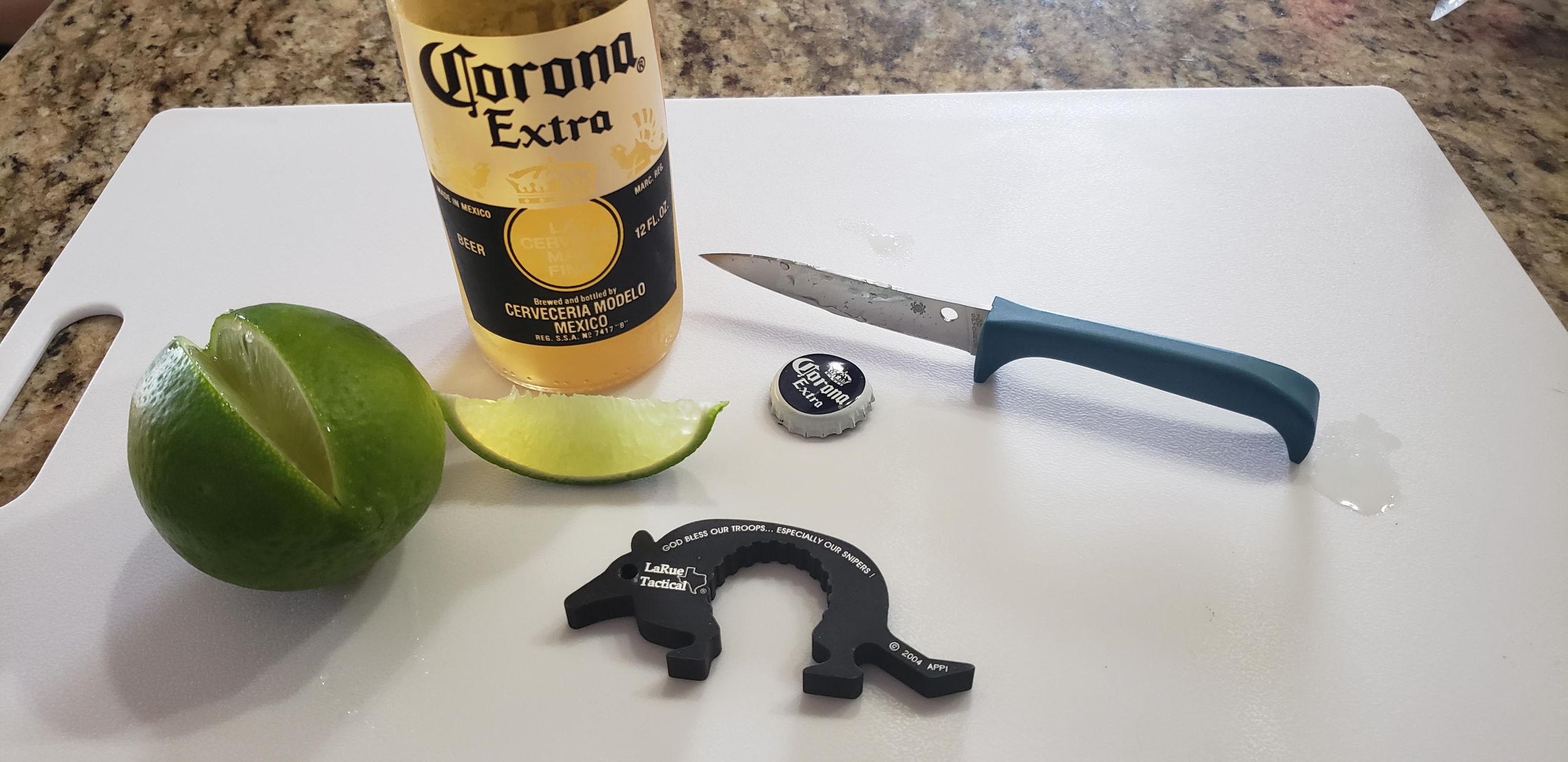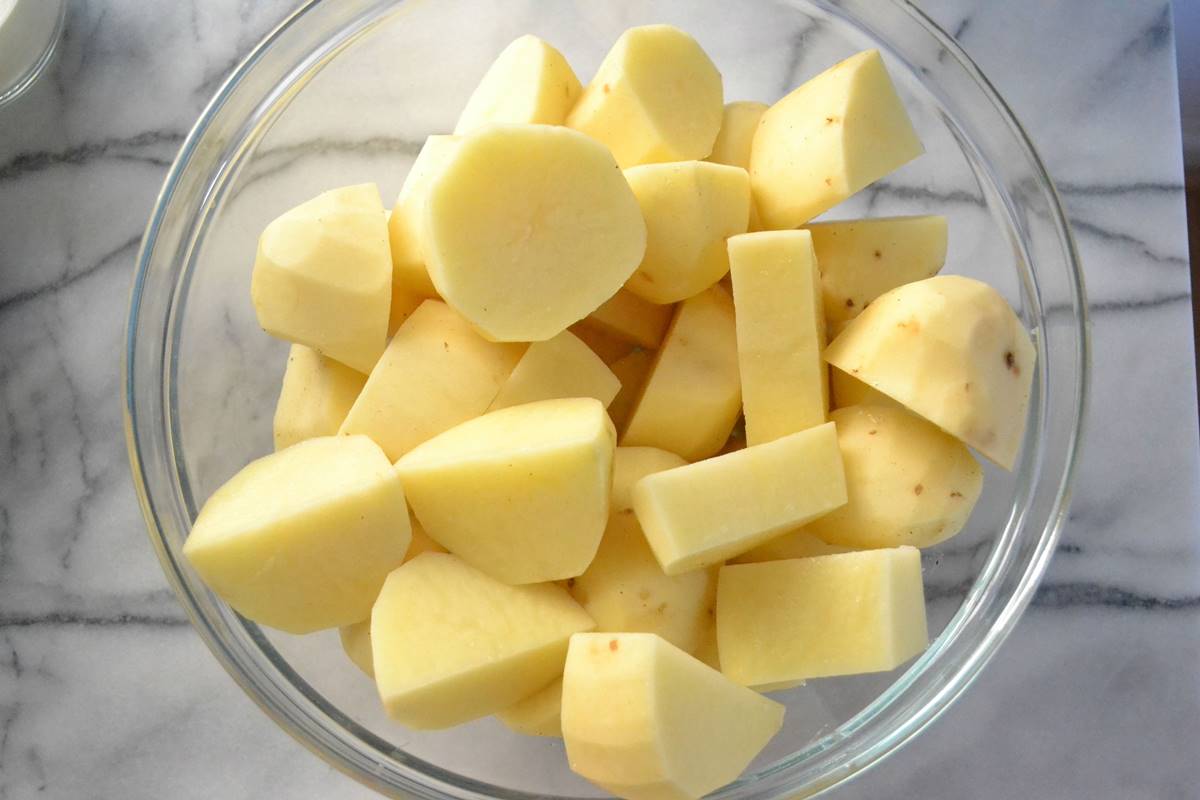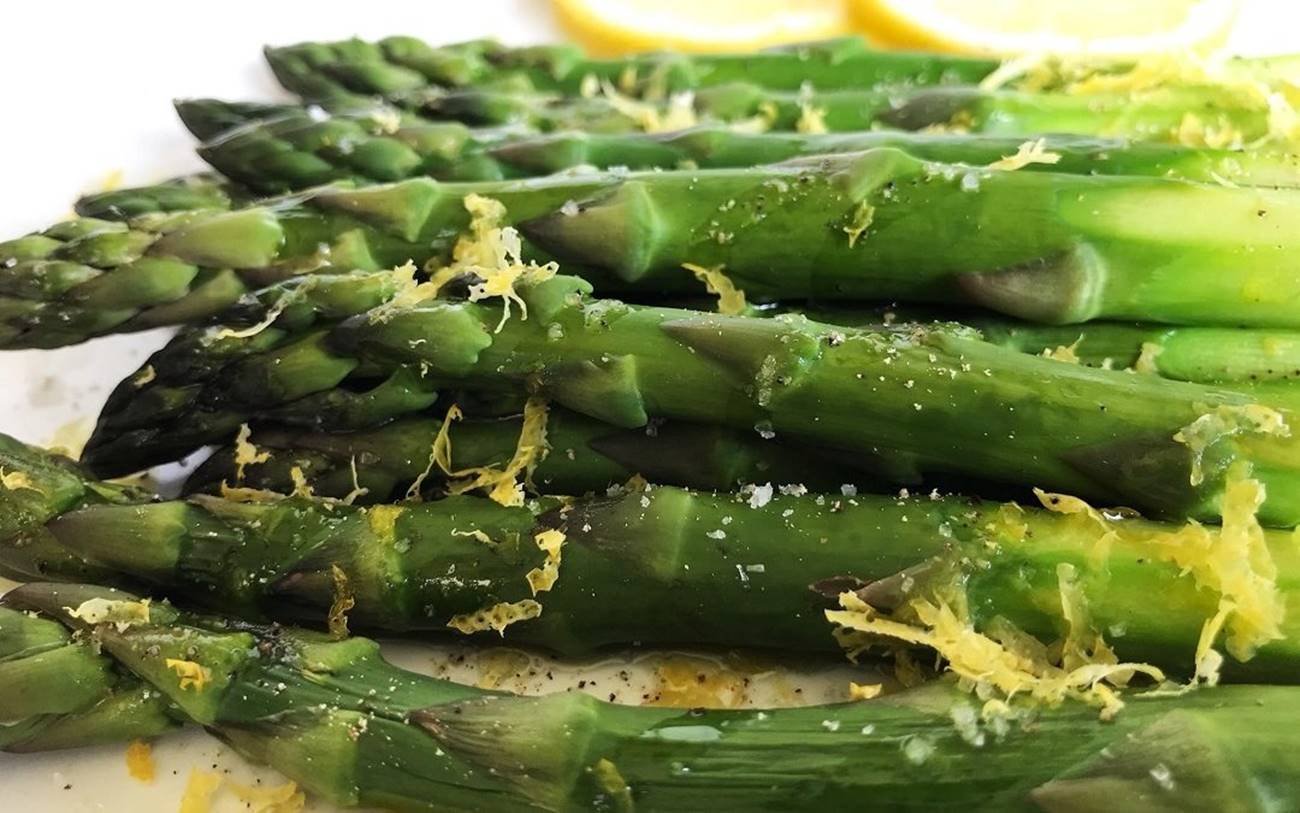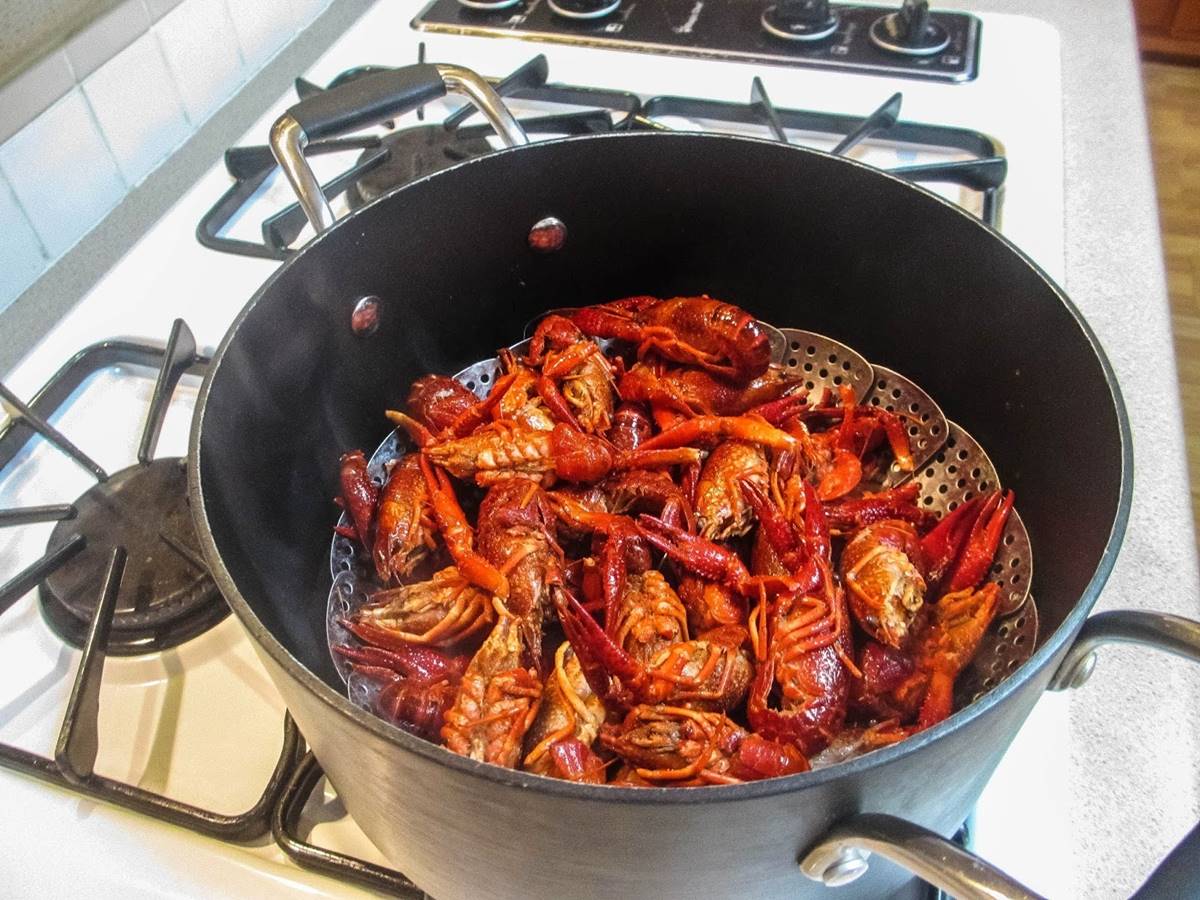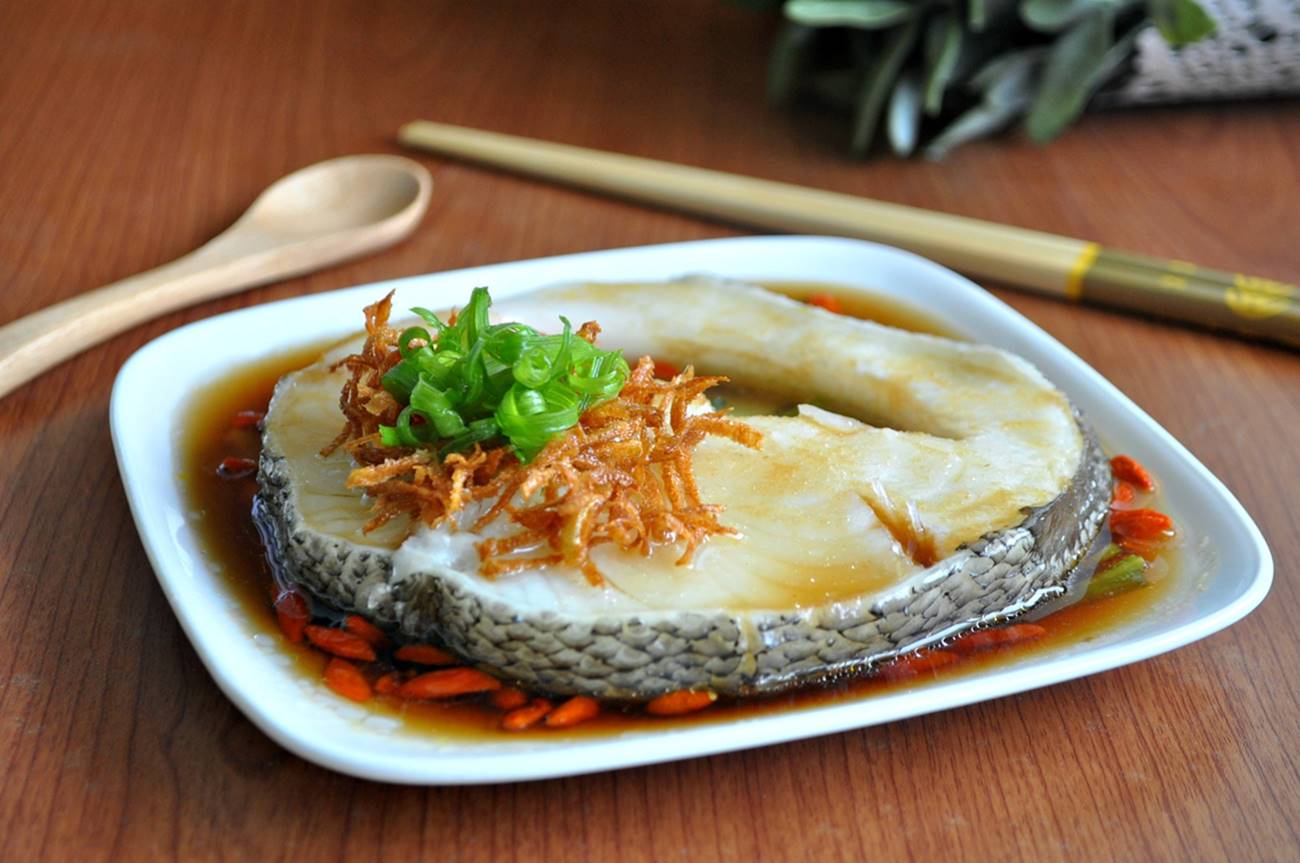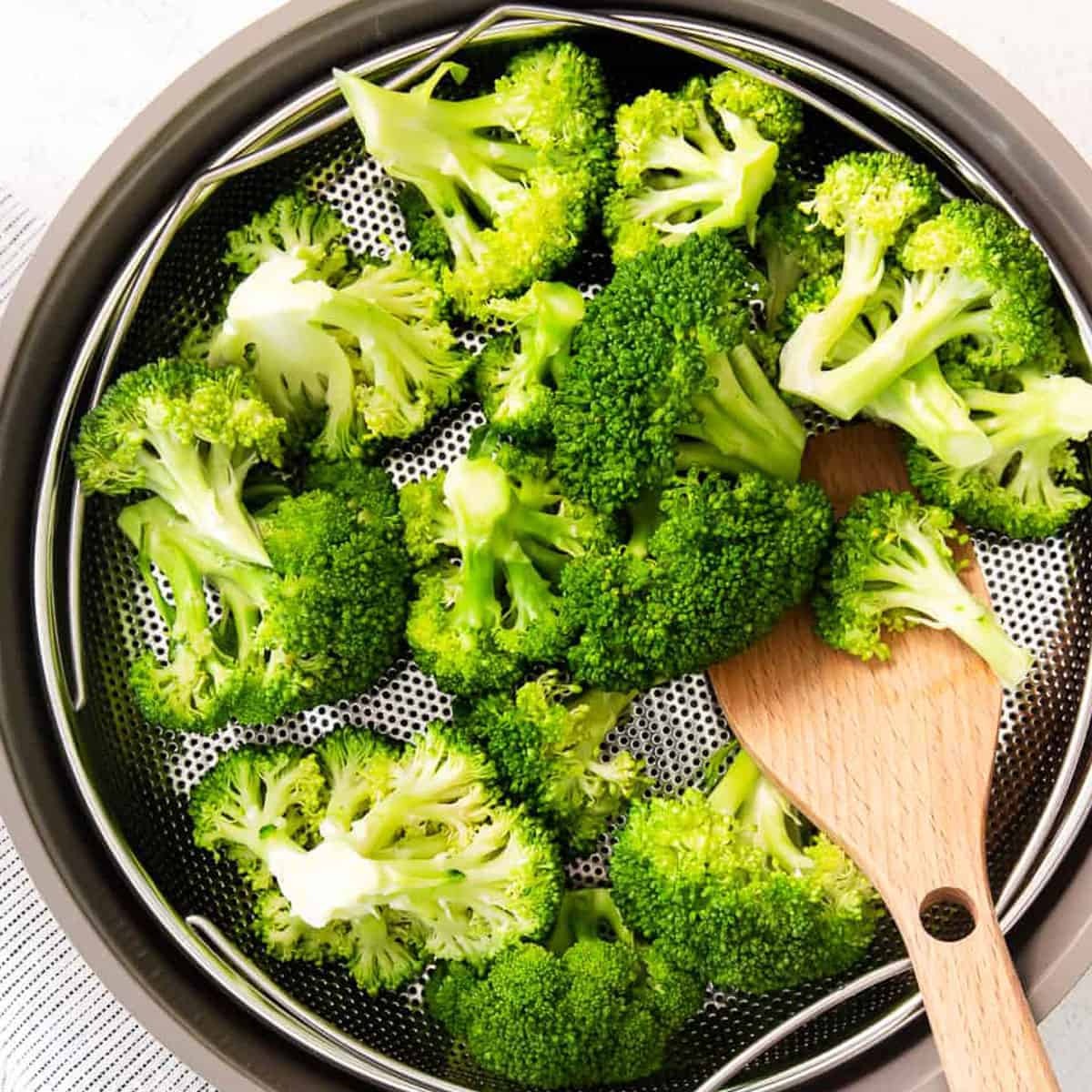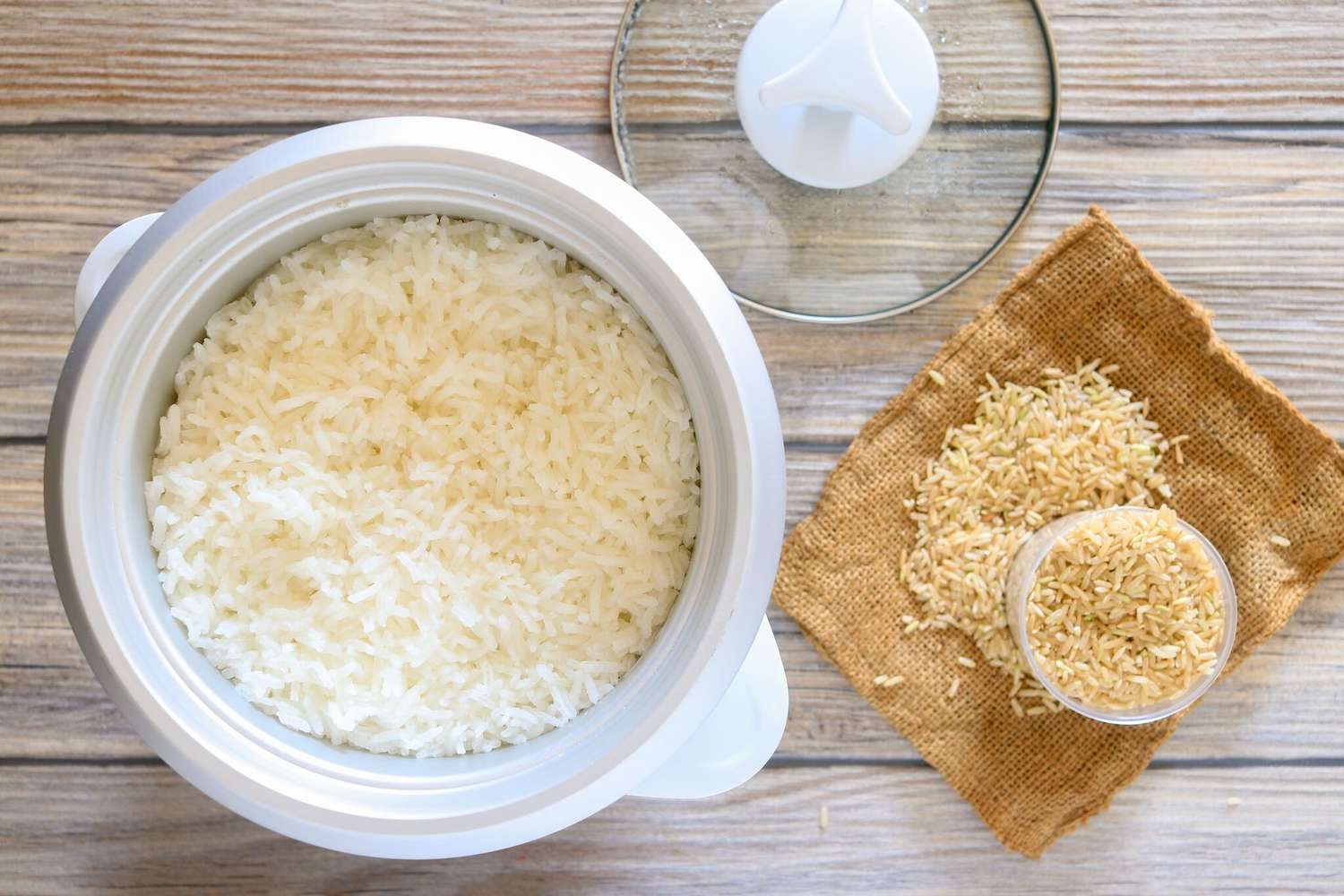Cutting chicken for fajitas might seem straightforward, but mastering this technique can transform your dish from good to great. Fajitas, a beloved Tex-Mex favorite, demand chicken slices that are not only flavorful but also perfectly sized to ensure each bite is as delicious as the last. Whether you're a seasoned home cook or stepping into the kitchen for the first time, understanding how to slice chicken properly for fajitas is essential. This guide will walk you through the steps, from selecting the right knife to cutting against the grain, ensuring your chicken cooks evenly and absorbs all the mouthwatering flavors of your marinade.
Essential Ingredients for Perfect Fajita Chicken
- Boneless, skinless chicken breasts or thighs
- Olive oil
- Lime juice
- Garlic, minced
- Ground cumin
- Chili powder
- Paprika
- Salt
- Black pepper
- Fresh cilantro, chopped (optional for garnish)
Must-Have Tools for Fajita Preparation
- Sharp Chef's Knife
- Cutting Board
- Meat Scissors (optional)
- Kitchen Tongs
- Paper Towels
For perfect fajita strips, slice chicken breast against the grain into thin strips. This ensures tender, flavorful bites that cook evenly, enhancing your fajita experience with every mouthful.
The Secret Behind Perfectly Cut Chicken for Fajitas
Cutting chicken for fajitas properly ensures even cooking and optimal flavor absorption. Thin, uniform strips cook quickly, soaking up marinades and seasonings efficiently, resulting in tender, flavorful pieces. This technique also enhances the texture, making each bite perfectly succulent and enjoyable.
Knife skills are crucial in achieving the right cut for fajitas. Sharp knives and a steady hand turn a chicken breast into ideal slices. This not only improves the cooking process but also elevates the dining experience, making every fajita wrap a delightful savor.
Your Ultimate Guide to Cutting Chicken for Fajitas
-
Select the right chicken: Opt for boneless, skinless chicken breasts or thighs as they are easier to slice and cook evenly.
-
Partially freeze the chicken: Place your chicken in the freezer for about 20-30 minutes. This firms up the meat, making it easier to cut into uniform strips.
-
Prepare your workstation: Ensure you have a clean cutting board and a sharp chef’s knife. A dull knife can make cutting more difficult and dangerous.
-
Slice against the grain: Look for the muscle fibers on the chicken and slice perpendicular to them. This cuts through the fibers and makes the chicken more tender.
-
Cut into strips: Aim for strips about 1/4 to 1/2 inch thick. This size is ideal for quick cooking and can easily be eaten in a single bite.
-
Trim the fat: As you slice, remove any excess fat or gristle. Leaner meat improves the texture and flavor of your fajitas.
-
Keep slices uniform: Consistent thickness ensures that all your chicken pieces will cook at the same rate, preventing some from being overcooked while others are still raw.
-
Wash hands and surfaces: After handling raw chicken, thoroughly wash your hands, knife, and cutting board with hot, soapy water to avoid cross-contamination.
-
Marinate for flavor: Though not a cutting tip, marinating your chicken strips in lime juice, oil, and spices can add depth to the fajitas. Allow to marinate for at least 30 minutes or up to 8 hours in the refrigerator.
-
Cook immediately or store properly: If not cooking right away, store your cut chicken in a sealed container in the refrigerator for up to two days or freeze for longer storage. Always thaw frozen chicken in the refrigerator before cooking.
By following these steps, you'll have perfectly cut chicken ready for making delicious fajitas.
Mastering the Fajita Prep
Cutting chicken for fajitas isn't just about getting pieces to fit in a tortilla; it's an art that enhances flavor, ensures even cooking, and keeps every bite as juicy and delicious as the last. Remember, thin, uniform strips are your goal for that perfect sear and quick cook time. Marinate well to infuse those strips with bold, mouthwatering flavors. And don't forget, practice makes perfect. The more you slice, the better your knife skills will become, making prep time quicker and your fajitas tastier. So, grab your knife, find the best angle, and start slicing. Your fajita nights are about to get a whole lot better.
All Your Questions About Cutting Chicken for Fajitas Answered
How do I choose the right chicken for fajitas?
Look for chicken breasts or thighs that are fresh and plump. Breasts give you leaner meat, while thighs offer more flavor due to their higher fat content. Whichever part you pick, ensure it's of high quality to get the best taste out of your fajitas.
What's the best way to cut chicken for fajitas?
Slice the chicken against the grain into thin strips. This method helps in making the meat more tender and easier to chew. Remember, thinner slices mean quicker cooking time, perfect for a fast-paced fajita night.
Should I marinate the chicken before cutting it?
Marinating before cutting can infuse the chicken with flavors more deeply. However, if you're short on time, slicing first and then marinating is perfectly fine. Either way, giving your chicken some time to soak in those spices and juices will elevate your fajitas to the next level.
Can I use frozen chicken for fajitas?
Yes, but thaw it completely in the fridge before slicing. Cutting chicken while it's partially frozen can be tough, and it won't absorb the marinade as well. Fully thawed chicken ensures even cooking and better flavor absorption.
What tools do I need to properly cut chicken for fajitas?
A sharp chef's knife and a sturdy cutting board are essential. A dull knife can make slicing a chore and more dangerous. Keep your tools in good condition to make prep work a breeze.
How thin should I slice the chicken?
Aim for strips about ¼ to ½ inch thick. This size is ideal for quick cooking while still being substantial enough to provide a satisfying bite. Plus, they'll pick up more of that delicious marinade and char beautifully in the pan.
Is there a difference in cutting technique for chicken breasts and thighs?
Slightly, due to their different shapes and textures. Breasts are easier to slice into even strips. With thighs, you might have to work around more fat and connective tissue. But don't sweat it; both will turn out great once cooked.
Was this page helpful?
Read Next: How To Cut Mini Watermelon
